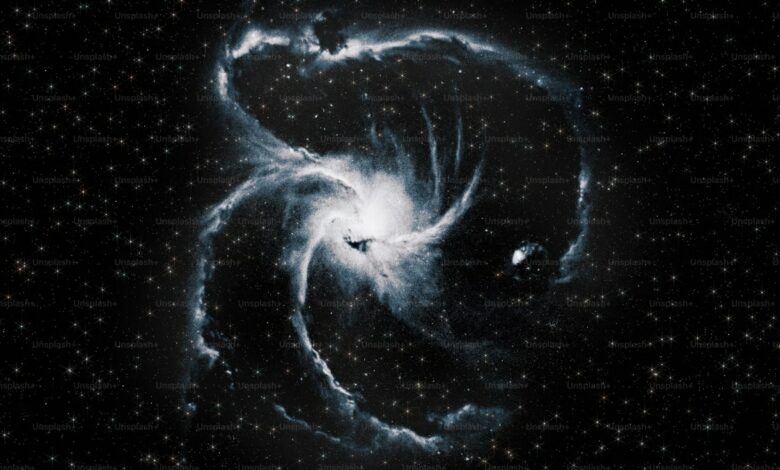NASA’s Chandra observes mysterious ‘knots’ from nearby black hole jets

A recent study of black hole jets from NASA’s Chandra X-ray Observatory has identified bright formations or “knots” in these jets, each exhibiting unexpected variations in speed. This analysis, led by David Bogensberger, an astrophysicist at the University of Michigan, examined decades-old Chandra data about the supermassive black hole at the heart of the Centaurus A galaxy, located about 12 million light-years from Earth.
Observations of bright ‘knots’ moving at variable speeds
The findings, that was published in The Astrophysical Journal reveal that the knots in these jets, which emit energy from the black hole, move faster in X-ray observations than at radio wavelengths. For example, some nodes recorded speeds of 94 percent of light in the X-ray band, which was higher than the 80 percent speed of light observed in radio wavelengths. According to the study, these discoveries provide a unique view into the jet mechanics of black holes, because the X-ray wavelengths reveal elements not seen in other spectral bands.
Funding challenges for NASA’s X-ray program
This investigation comes as NASA faces potential budget cuts that could affect the Chandra Observatory’s operations. With the US presidential election and government budget discussions ongoing, Chandra’s funding future remains uncertain. Despite these challenges, the telescope – currently operating at 2024 funding levels – continues to provide crucial insights, highlighting its role in studying distant cosmic phenomena.
Centaurus A Galaxy and Black Hole Jet mechanics
Centaurus A’s jets were first discovered in the 19th century and were mapped with radio telescopes later in the 20th century. Of these, one jet points toward Earth, while the weaker “counterjet” extends away from it. The motion and brightness changes in Centaurus A’s nodes mirror findings from previous observations of M87 jets, where the brightness increased before decreasing over time.
The study provides new insights into how magnetic fields and spin near black holes influence jet formation, giving astronomers new approaches to understanding such mechanisms in different galaxies. Future studies can further clarify whether the knotting behavior is due to internal jet dynamics or external forces such as interstellar materials.




